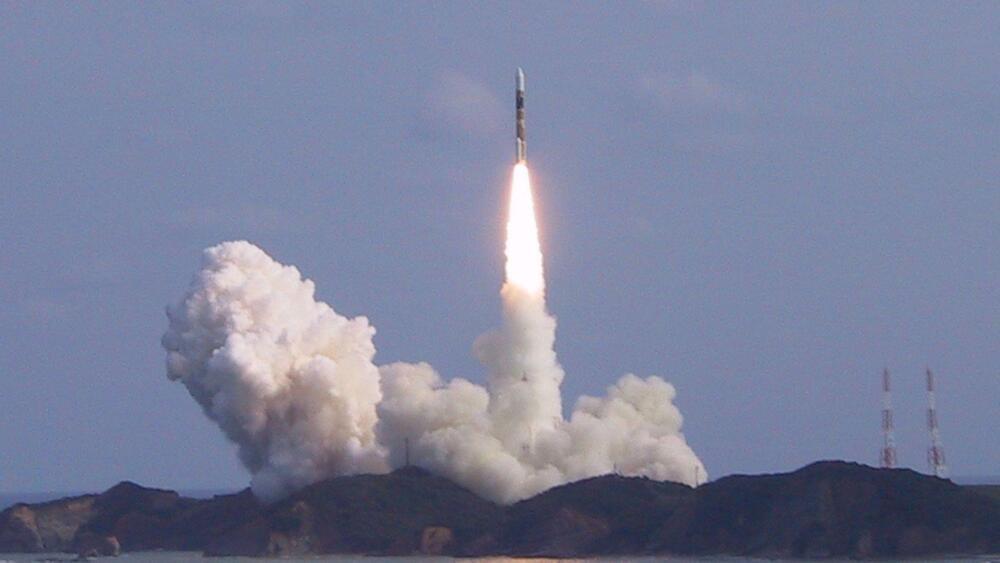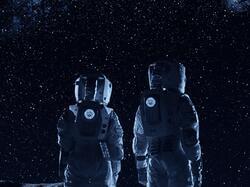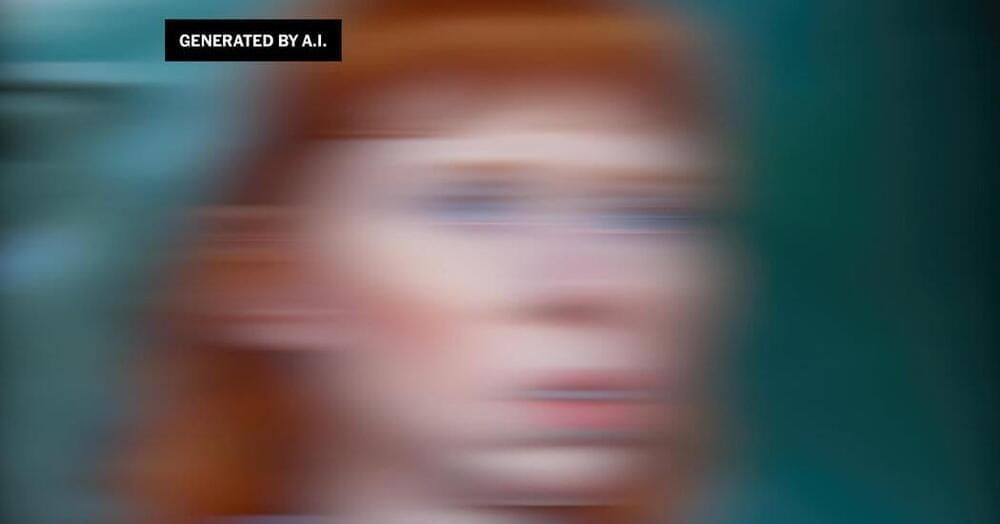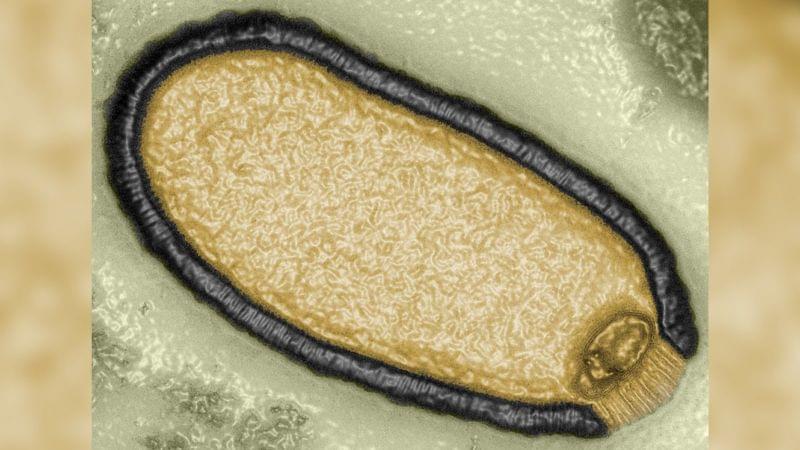Year 2017
North Korea claims it has again tested a hydrogen bomb underground and that it “successfully” loaded it onto the tip of an intercontinental ballistic missile, a claim that if true, crosses a “red line” drawn by South Korea’s president last month.
In a state media announcement, North Korea confirmed the afternoon tremors in its northeast were indeed caused by the test of a nuclear device, and that leader Kim Jong Un personally signed off on the test.
“North Korea has conducted a major Nuclear Test. Their words and actions continue to be very hostile and dangerous to the United States,” President Trump tweeted Sunday morning in response. “North Korea is a rogue nation which has become a great threat and embarrassment to China, which is trying to help but with little success.”





